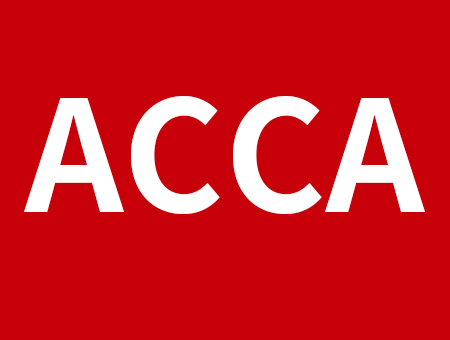在FR的课程中,谈及warranty可能视情况适用于IFRS 15或IAS 37。本文便旨在从原理出法,基于IFRS 15的Basis for conclusions来深入阐述warranty的分类与处理原理。
快来和融跃教育小编一起来看看吧!
IFRS 15更新后,warranty(质量保证)的处理因先考虑IFRS 15中的规定(这在IAS 37中也被提及)。
从本质上来说,IFRS 15是将warranty分成了assurance-type和service-type——在一些教材中,前者被称为standard warranty (通常不可以purchase separately),后者被称为additional / extended warranty (通常可以purchase separately)。但出于对原理的阐释,后文还是用assurance-type和service-type的表达,来区分两种不同处理方式。
1. 从准则出发
直接来看准则原文:
IFRS 15, B29:
If a customer has the option to purchase a warranty separately (for example, because the warranty is priced or negotiated separately), the warranty is a distinct service because the entity promises to provide the service to the customer in addition to the product that has the functionality described in the contract. In those circumstances, an entity shall account for the promised warranty as a performance obligation in accordance with paragraphs 22–30 and allocate a portion of the transaction price to that performance obligation in accordance with paragraphs 73–86.
这段给出了service-type warranty的处理逻辑:如果warranty承诺提供的服务,是在提供除具有合同所述功能的产品之外的服务(也即后文的the product complies with agreed-upon specifications),则所承诺的服务是一项performance obligation(PO);而因存在除了product外 明确可区分的PO,所以按照IFRS 15来处理,随不同PO的满足而分别确认revenue。
IFRS 15, B30:
If a customer does not have the option to purchase a warranty separately, an entity shall account for the warranty in accordance with IAS 37 Provisions, Contingent Liabilities and Contingent Assets…
这段给出了assurance-type warranty的处理方法:因不存在除了product外 明确可区分的PO,所以按IAS 37处理。
但准则在这里没有详述完整的处理分录。需要分析准则给出的Illustrative Examples和Basis for conclusions才能了解更细节的处理方法和背后原理。
IFRS 15, BC369:
However, most respondents to the Discussion Paper stated that the accounting for warranties should reflect the fact that some product warranties are different from others. Some warranties protect the customer from defects that exist when the product is transferred to the customer and other warranties protect the customer from faults that arise after the product has been transferred to the customer. Those respondents commented that the customer does not receive a separate service if the warranty only protects the customer from the product defects that were present at the time of sale. Consequently, any subsequent repairs or replacements to remedy those defects are additional costs of providing the product and, therefore, relate to an entity's past performance.
根据IFRS 15, BC368-370的阐释,assurance-type和service-type最大的区分点,主要在于:
⚫ assurance-type保证的是产品控制权转移前的质量(符合约定规格,即complies with agreed-upon specifications),比如保证的是产品在转移前就不存在瑕疵。通常“法定质保(statutory warranties)”被认定为assurance-type;
⚫ service-type是在关注产品转移后要继续提供的长期服务,其目的是保障后续期间内的使用体验,而非确保原产品本身的质量(比如产品总会老化,这不是产品的瑕疵导致的,而是时间的力量,那么本企业保证对这类老化进行修理或替换)。实务中常见的例子是客户可以单独购买的“延期保修服务”。












